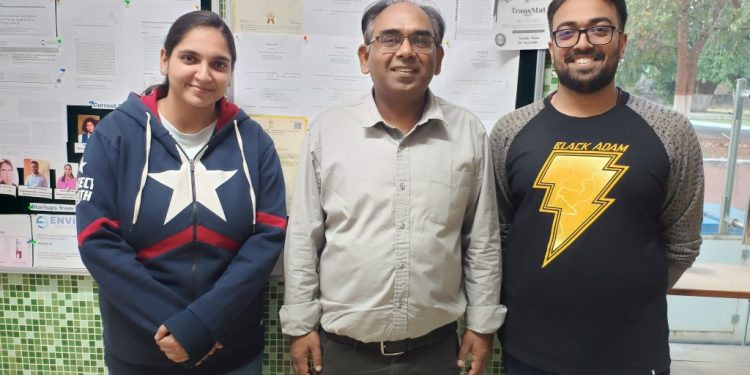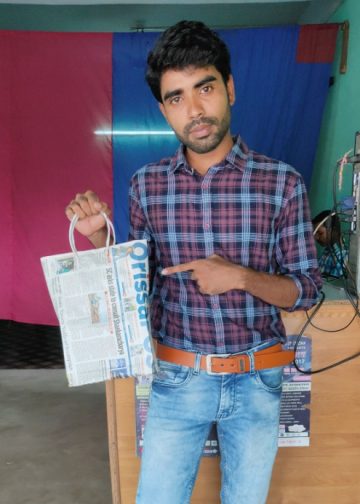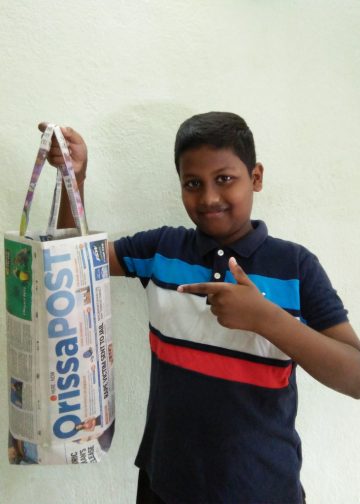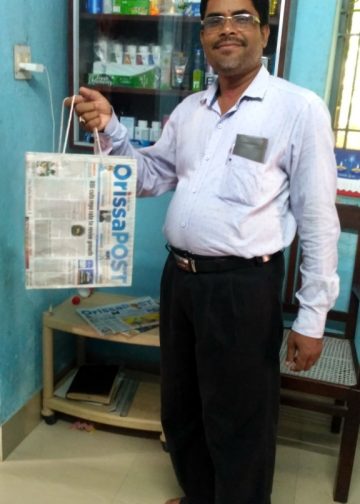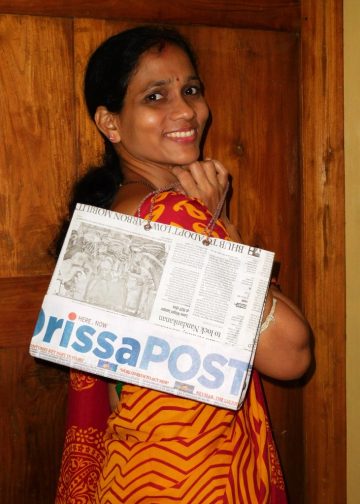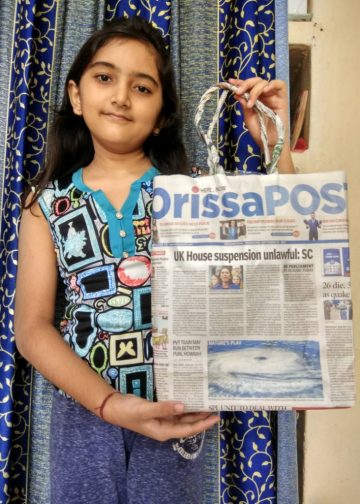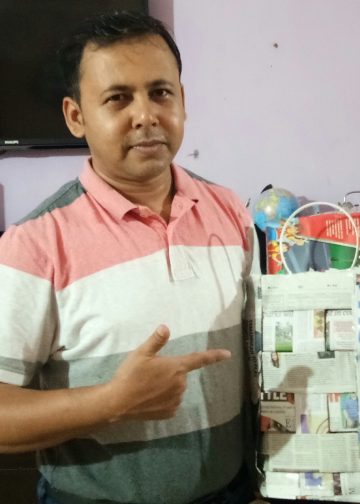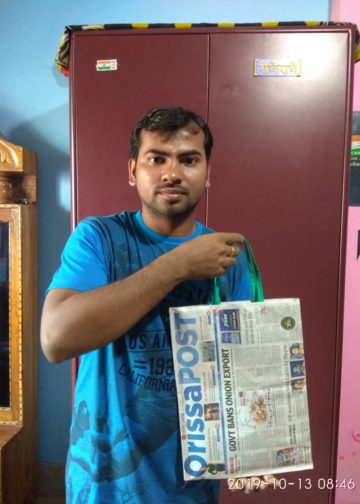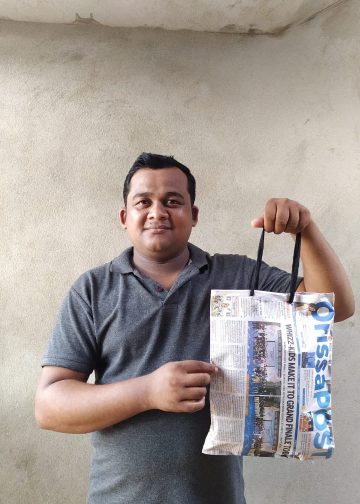Rourkela: Researchers of the National Institute of Technology Rourkela (NITR) have developed a new technology that will prove immensely helpful in treating bone defects caused by injury and diseases. The team led by Devendra Verma, Associate Professor, Department of Biotechnology and Medical Engineering, has developed a bioink made from natural materials for 3D bioprinting of bone-like structures. This bioink is designed to address challenges in bone grafting and implants, which are commonly used to treat bone defects caused by injury or disease. The research focuses on improving existing bone repair techniques by developing a bioink that is biocompatible, easy to use, and supports bone regeneration.
The findings of this research have been published in Journal of Biomaterials Science, and Carbohydrate Polymers. The articles have been co-authored by Professor Verma, along with his research scholars Tanmay Bharadwaj, and Shreya Chrungoo. Additionally, the team has also secured a patent for the technology (Patent No. 562791, Application No. 202331054665. Date of Grant: March 18, 2025). Bone grafting, a common method to repair damaged bones, is done by getting bone from a donor or other part of the body. This procedure and metal implants have drawbacks such as pain, limited availability, and the risk of rejection, and not bonding with natural bone leading to complications. And both require surgery. 3D bioprinting is being explored as an alternative method and it involves printing bone-like structures using bio-inks that contain cells and supportive biomaterials.
A major challenge with the existing bioinks is that they require an extended preparation period in laboratory conditions before they can be implanted. The printed tissue must be maintained in a controlled environment for cells to grow and form functional bone before it can be used for treatment. This makes the process slow and difficult to implement in clinical settings. To overcome these challenges, the research team developed a bioink that stays in liquid form at room temperature but quickly turns into a gel when exposed to body temperature and the potential of hydrogen (pH). This allows it to be printed directly onto an injury instead of being printed separately and implanted later. This approach simplifies the process and makes treatment more efficient. The developed bioink is composed of chitosan, gelatin, and nanohydroxyapatite, all of which are biocompatible and commonly used in biomedical applications. These materials closely resemble natural bone components, creating a suitable environment for bone regeneration.
The bioink also supports stem cell growth and differentiation into bone cells, helping to promote new bone formation. Additionally, the inclusion of specialised nanofibers enhances cell attachment and proliferation, which is important for the healing process. Speaking about the research, Verma said, “This research contributes to the growing field of 3D bioprinting by offering a bioink that is entirely natural, easy to apply, and capable of supporting bone regeneration.
Further research and clinical trials will help determine its effectiveness in real-world applications, paving the way for its use in orthopedic and reconstructive surgery.” Supported by funding from the Department of Health Research (DHR), Government of India, this bioink has potential applications in a range of clinical settings. It is particularly useful in reconstructive surgeries for the skull and face, where precise bone repair is necessary. The bioink’s adaptability makes it suitable for irregularly shaped bone defects, providing a personalised approach to bone regeneration. Beyond clinical applications, it can also be used in research to study bone tissue engineering and test new therapies in laboratory and preclinical settings. The team now plans to test the developed bioinks in suitable animal models and develop a scalable production process in a Good Manufacturing Practices facility for clinical trials. To facilitate commercialisation, the researchers have also established a startup, Quixotix Bioprinting Pvt. Ltd.

